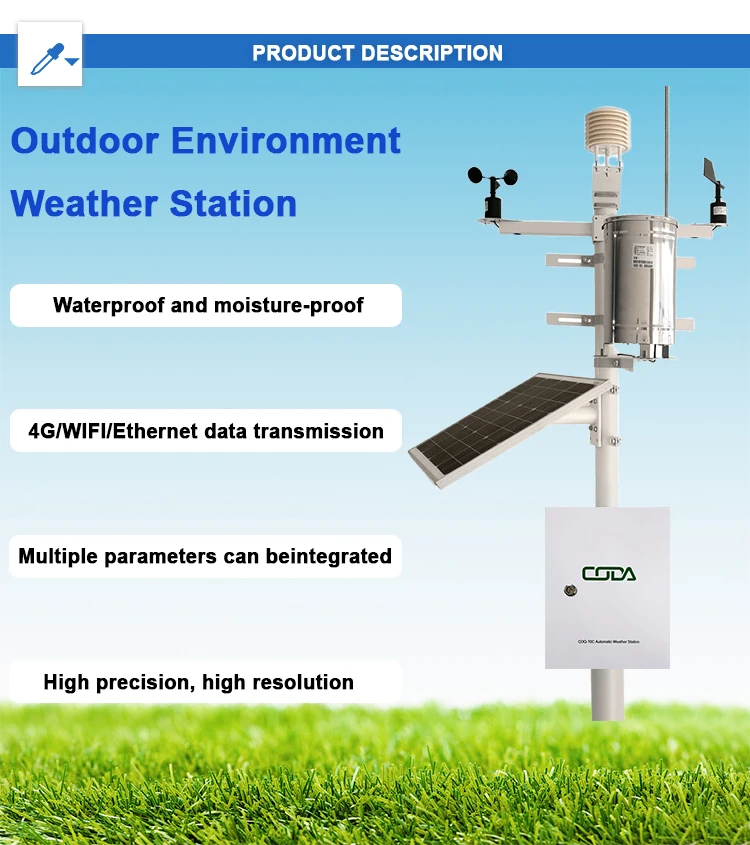
# Automatic Weather Station: Definition and Functionality
## What is an Automatic Weather Station?
An Automatic Weather Station (AWS) is a sophisticated system designed to collect meteorological data without the need for constant human intervention. These stations are equipped with various sensors that measure atmospheric conditions such as temperature, humidity, wind speed and direction, rainfall, barometric pressure, and solar radiation.
AWS systems have become increasingly important in modern meteorology, agriculture, aviation, and environmental monitoring due to their ability to provide continuous, real-time weather data.
## Key Components of an Automatic Weather Station
A typical AWS consists of several essential components:
– Sensors: Specialized instruments that measure specific weather parameters
– Data logger: A device that records and stores measurements from the sensors
– Power supply: Usually solar panels with battery backup for remote locations
– Communication system: Transmits data to central servers via radio, cellular, or satellite links
– Mounting structure: A sturdy frame to support all components
## How Automatic Weather Stations Work
The functionality of an AWS can be broken down into several key processes:
1. Data Collection: Sensors continuously monitor environmental conditions at predetermined intervals (often every 5-15 minutes).
2. Data Processing: The data logger converts sensor readings into digital format and may perform initial quality checks.
3. Data Transmission: Processed information is sent to a central database or weather monitoring system.
4. Data Analysis: Meteorologists and other professionals use the collected data for weather forecasting, research, and decision-making.
## Applications of Automatic Weather Stations
AWS technology serves numerous purposes across various sectors:
– Weather forecasting and climate research
– Agricultural planning and irrigation management
– Aviation weather monitoring
– Hydrological studies and flood prediction
– Renewable energy production optimization
– Construction and infrastructure planning
– Environmental monitoring and conservation
## Advantages of Automatic Weather Stations
Compared to traditional manual weather observation methods, AWS offer several significant benefits:
– Continuous operation (24/7 data collection)
– High accuracy and consistency of measurements
– Ability to operate in remote locations
– Reduced labor costs
– Real-time data availability
– Standardized data collection methods
– Long-term data storage capabilities
As technology advances, automatic weather stations continue to evolve, incorporating more sophisticated sensors and improved data transmission methods. These developments are making weather monitoring more accurate and accessible than ever before, benefiting numerous industries and scientific disciplines.
Keyword: what is automatic weather station